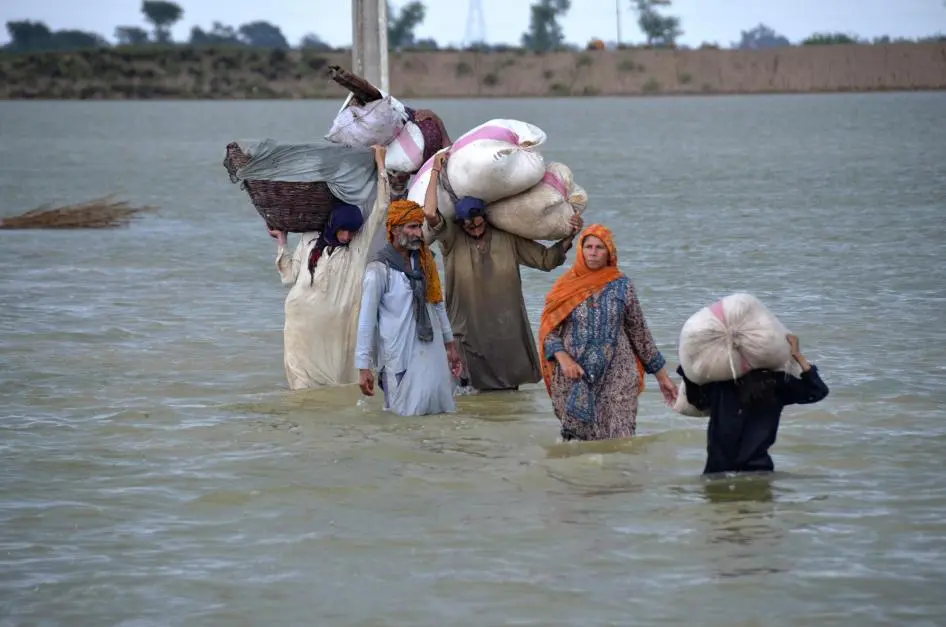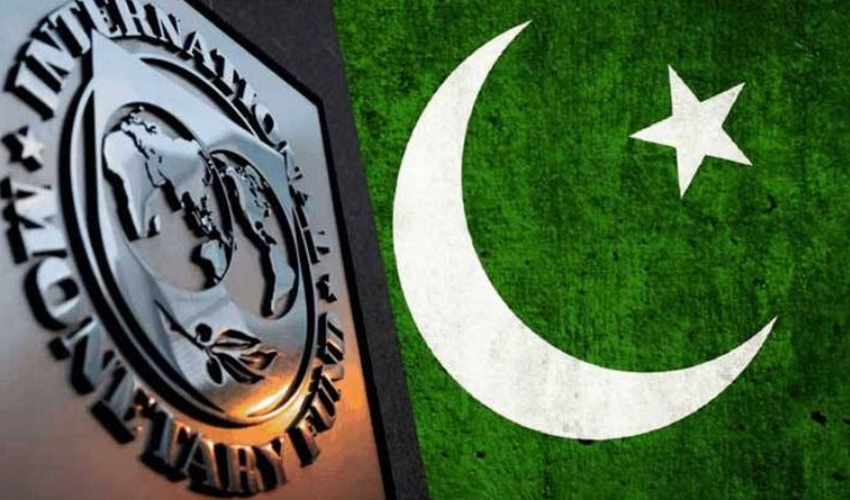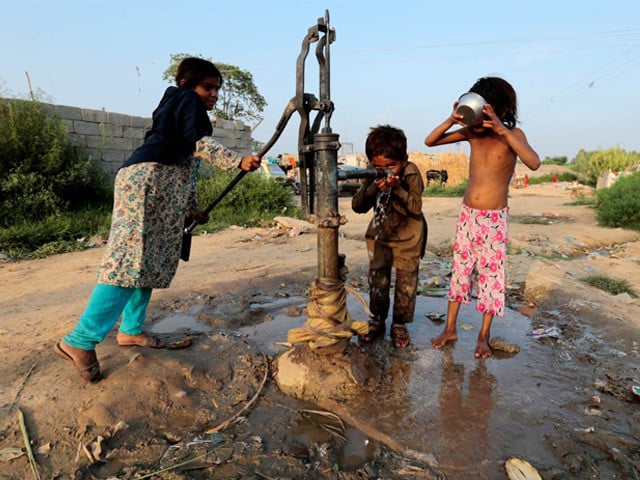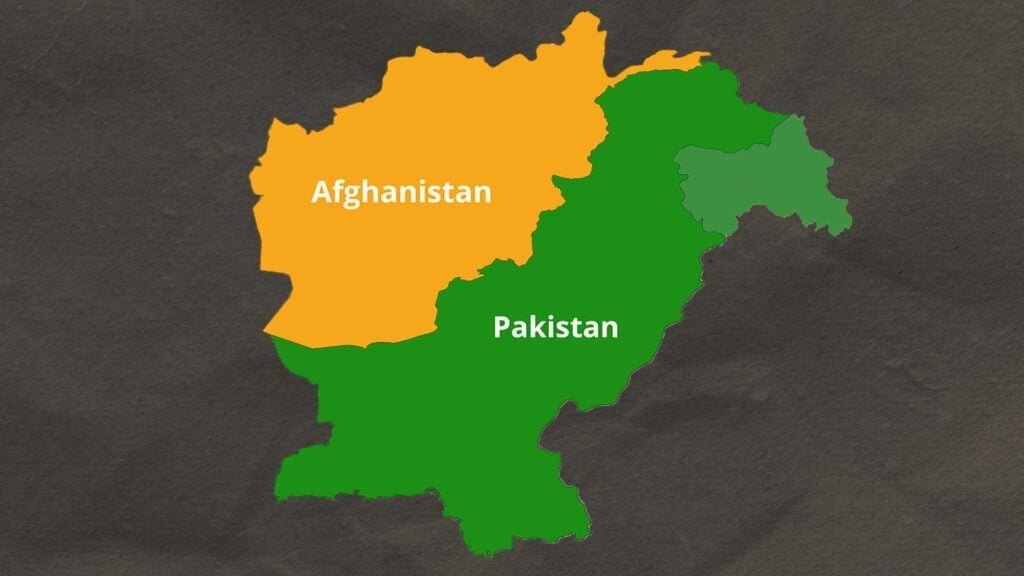Arshad Mahmood Awan
The International Monetary Fund’s (IMF) First Review under the Stand-By Arrangement (SBA) and the approval of the Resilience and Sustainability Facility (RSF) have pushed Pakistan’s energy sector back into the spotlight. While the program outlines a wide-ranging roadmap — from petroleum to electricity and natural gas — the underlying reform approach remains stubbornly familiar: prioritize quick fiscal gains, sideline deeper structural overhauls, and shift the burden to end consumers.
At the heart of the program lies the Circular Debt Management Plan, which aims to convert up to 80% of Pakistan’s ballooning circular debt — largely accumulated payment arrears by the Central Power Purchasing Agency (CPPA) — into sukuk-based instruments. This financial maneuvering, while smart on paper, is a temporary salve. By lowering interest costs through sukuk (which carry lower yields than conventional borrowing), the plan hopes to reduce the state’s fiscal burden and stabilize the power sector. Nearly half of circular debt additions in recent years are tied to interest charges. This restructuring may free up space for subsidies and reduce short-term debt rollover pressures.
But beneath the surface, it’s the consumer who will foot the bill. A fixed debt service surcharge (DSS) of Rs3.23 per unit of electricity will be levied over the next six years, expected to raise Rs2 trillion. Additionally, the cap on this surcharge is to be legally removed by June 2025 — a structural benchmark under the RSF. Labeling this a reform is misleading; it’s effectively a transfer of the cost of systemic inefficiencies — such as electricity theft, poor governance, and technical losses — onto households and businesses.
The government’s pledge to resolve these inefficiencies remains more rhetorical than real. Repeated commitments to tackle theft, reduce line losses, and improve sectoral governance are not backed by performance benchmarks or funding-linked disbursement conditions. These foundational issues are again pushed down the priority list.
The petroleum sector is facing its own set of burdens. The IMF has introduced a front-loaded benchmark of a Rs5/litre carbon levy on gasoline and diesel, to be legislated under the Finance Act for FY2026. This tax, part of the IMF’s climate agenda, will also extend to fuel oil — and future finance acts may further raise the Petroleum Development Levy (PDL). Although the IMF’s overall climate financing expectations are high, it has stopped short of demanding more aggressive carbon taxes, likely recognizing the fragile economic context.
The forecast for FY26 projects PDL collections at Rs1.3 trillion, a goal achievable without significantly raising current rates. Part of this revenue — Rs10/litre — is earmarked to subsidize a Rs1.7/unit electricity discount for non-lifeline consumers through FY26. An additional Rs0.90/unit relief will be funded by a captive power plant (CPP) transition levy. This provides some clarity on the tariff relief structure, answering recent concerns over whether the Rs1.7/unit relief was a temporary or permanent measure.
Yet, long-term reform of the energy subsidy architecture has been deferred. The current system is both regressive and distortionary, often benefiting wealthier households and encouraging overconsumption. The IMF has acknowledged this and is pushing for the eventual replacement of cross-subsidies with targeted, cash-based subsidies via the Benazir Income Support Programme (BISP) — but only starting in FY27. A phased approach will include consumer verification by January 2026, eligibility criteria by mid-2026, and a rebate rollout by January 2027. While promising in theory, this plan has no real traction in the present fiscal cycle and lacks enforceable conditions.
Efforts to enhance efficiency through minimum energy performance standards (MEPS) have also been included — but again, they are backloaded. Compliance targets for appliances like fans, LEDs, refrigerators, air conditioners, and motors are set for mid-2027. Without stronger interim accountability, these standards are likely to be overshadowed by the more immediate push for revenue generation.
On the privatization front — particularly for distribution companies (DISCOs) and generation companies (GENCOs) — the commitment remains lukewarm. Despite acknowledging the urgency of resolving transmission bottlenecks, reducing theft, and improving service delivery, these goals are not backed by measurable benchmarks or financing incentives. In short, they remain aspirational rather than actionable.
The fundamental flaw of the reform package is its asymmetry: short-term, revenue-heavy measures are prioritized and enforced, while long-term structural reforms are delayed or diluted. This is not new for Pakistan’s energy sector. What’s different is how openly this imbalance is now institutionalized under the IMF’s watch.
Consumers — already reeling from inflation, unemployment, and weak incomes — are being asked to shoulder a disproportionate share of the so-called reforms. Tariffs are rising, surcharges are becoming permanent, and indirect taxes are expanding — all while the governance failures and operational inefficiencies of the sector remain largely intact.
The IMF’s plan recognizes the need for change, but it lacks the necessary enforcement mechanisms for its most crucial reforms. Without structural accountability, efficiency remains a footnote, and fiscal balancing becomes a zero-sum game played at the public’s expense.
Ultimately, whether this latest round of reforms will succeed depends less on technical design and more on political will. Pakistan has seen multiple reform blueprints before — each claiming to fix the energy sector, and each falling short due to institutional resistance, elite capture, and short-termism.
If these reforms are to be different, they must be complemented by real governance shifts, stricter performance monitoring, and a reversal of the deeply entrenched culture of passing inefficiency costs onto consumers. Otherwise, the pattern will repeat: temporary stabilization, long-term decay.
The IMF’s involvement gives the appearance of discipline, but without domestic ownership and structural accountability, the burden will again be borne by the powerless, while the powerful avoid reform. For now, the public pays — and the system persists.















